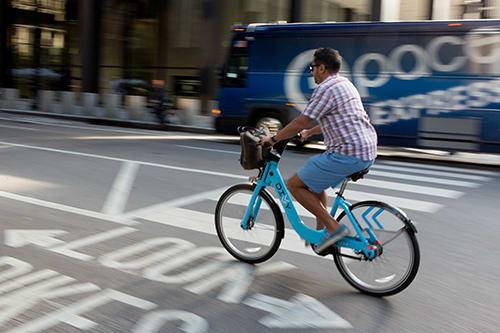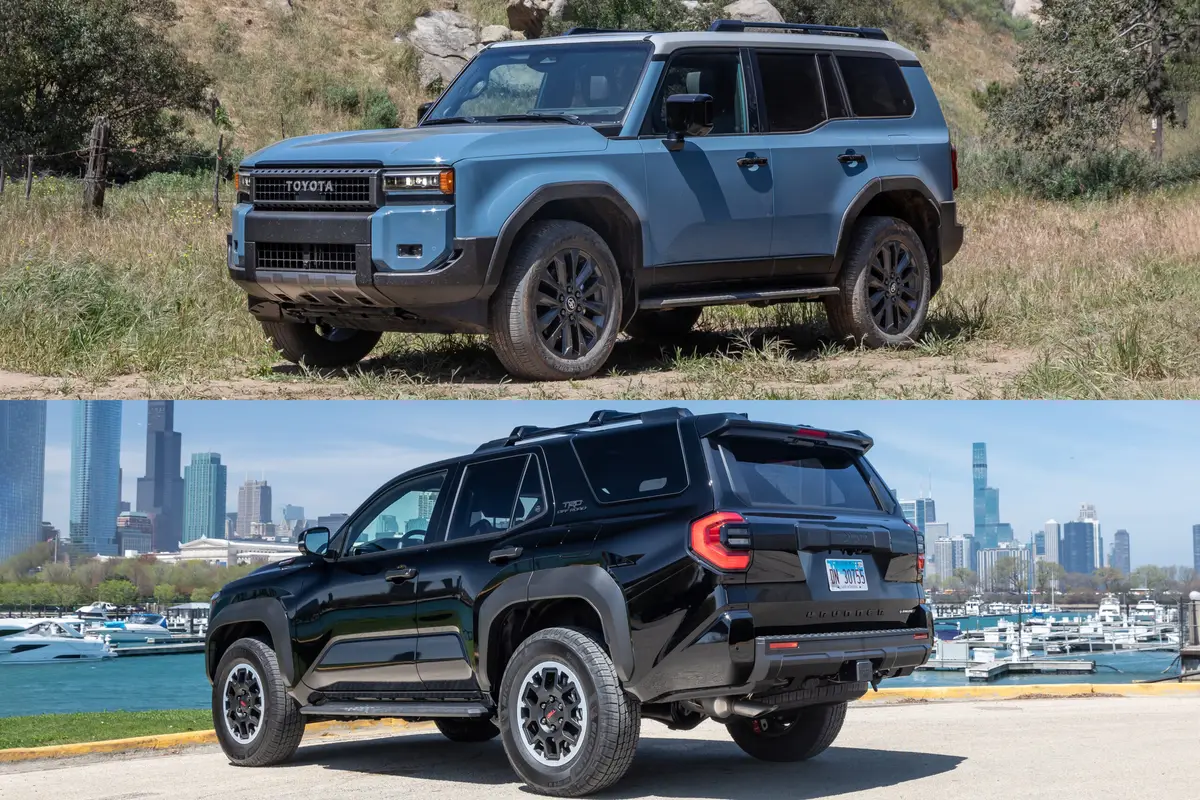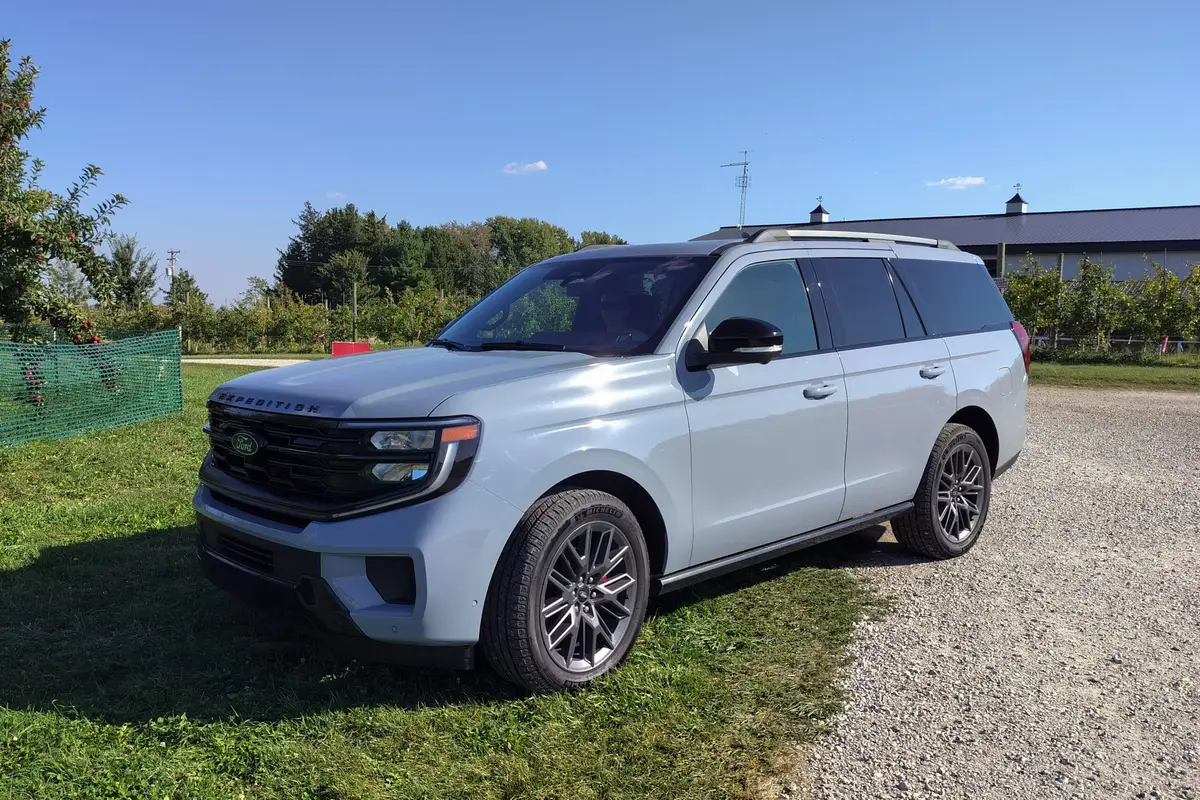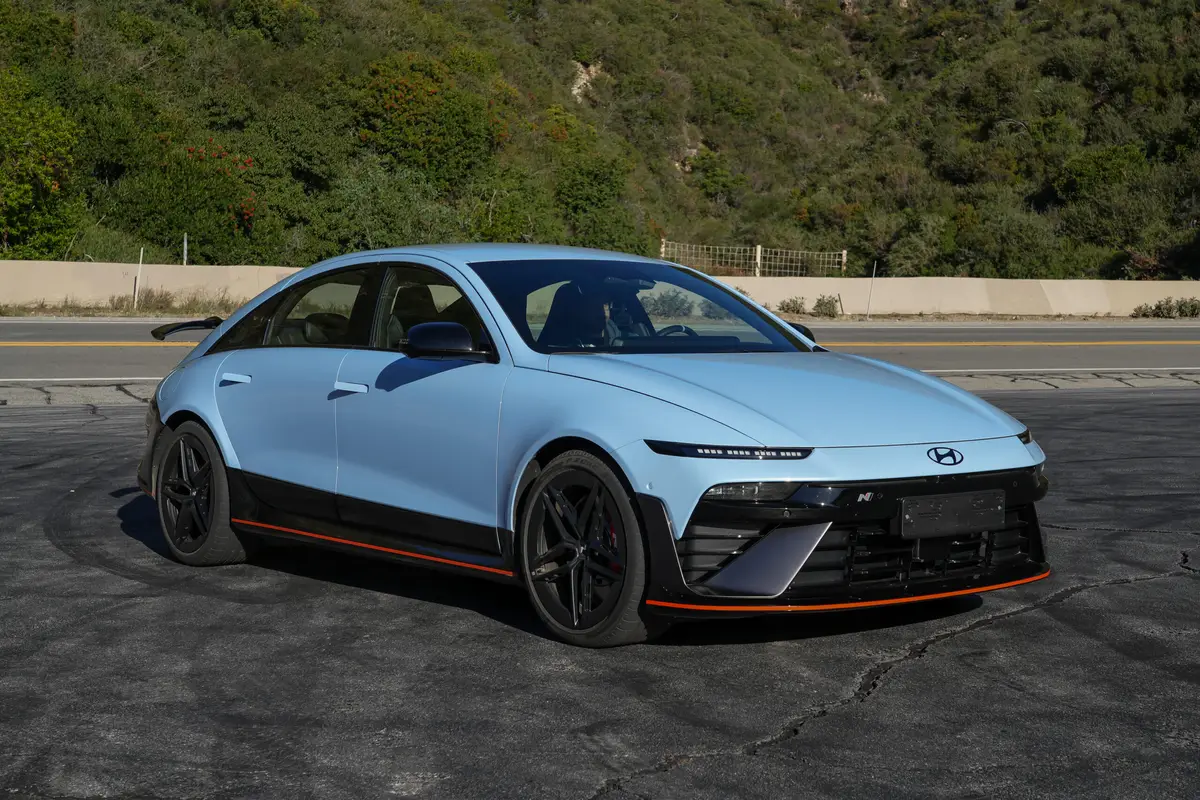Study Shows Fewer Cars, Less Driving in U.S. Cities


The irony is not lost on us here in the downtown-Chicago-based Cars.com Editorial Department that a sizable proportion of us do not actually own cars, and an even greater number don’t regularly drive to work. We love cars. We’re continually driving test cars on the city streets (and sometimes on the racetrack), and we’re thinking about them all the time. But in the nation’s third-largest and one of the most densely populated cities, more convenient options abound for getting to and from most of our daily destinations, from abundant public transportation to car- and bicycle-sharing services to — if you can imagine — walking.
Study: Millennials Have Less Interest in Cars
A recent study shows that we are not unicorns, though that would be a rad way to commute to the office. In fact, according to the University of Michigan Transportation Research Center, the percentage of people forgoing a car is on the rise, especially in dense urban areas. Using data from the American Community Survey, the study examined recent trends in the proportion of households without a light-duty vehicle, first looking at the entire U.S. from 2005 through 2012 and then at variations in that proportion among the 30 largest cities for 2007 and 2012.

“Recent studies have shown that — per person, per driver and per household — we now have fewer light-duty vehicles, we drive each of them less, and we consume less fuel than in the past,” Michael Sivak, of the Transportation Research Center, stated in a report titled “Has Motorization in the U.S. Peaked?” “These trends suggest that motorization in the U.S. might have reached a peak several years ago.”
The study’s main findings were as follows:
- In 2012, 9.2 percent of U.S. households were without a vehicle, compared with 8.7 percent in 2007.
- The proportion of households without a vehicle varies greatly among the 30 largest U.S. cities. In 2012, the greatest number was in (surprise!) New York, with nearly 57 percent car-free, while San Jose, Calif., had the lowest, with less than 6 percent.
- In six of the 30 cities, more than 30 percent of households do not have a vehicle.
- From 2007 to 2012, the proportion of car-free households increased in 21 of the 30 cities examined.
- The 13 cities with the largest proportions all showed an increase from 2007 to 2012.
The greatest increases in car-free households, according to the institute, were in Detroit, which went up 5 percent, and New York and Washington, D.C., both of which rose 2.4 percent. Los Angeles, the nation’s second-largest city, increased 0.8 percent for a total of less than 14 percent. The biggest dips in the number of car-free households were in Texas, where El Paso and Fort Worth lost 1.3 and 0.9 percent, respectively.
The top 10 car-free cities, followed by their car-free percentage, according to the institute (as reported by the Wall Street Journal), are:
1. New York, 56.5 percent
2. Washington, D.C., 37.9
3. Boston, 36.9
4. Philadelphia, 32.6
5. San Francisco, 31.4
6. Baltimore, 31.2
7. Chicago, 27.9
8. Detroit, 26.2
9. Milwaukee, 19.9
10. Seattle, 16.6
On the topic of declining car ownership, much has been made of recent surveys finding that Generation Y, or millennials, have waning interest in cars in large part due to economic shortcomings. However, findings reported today by J.D. Power and Associates indicate that consumers age 25 or younger have represented a steadily increasing proportion of total retail automotive sales in the past five years, and that those younger buyers are enthusiastic about ownership. According to the report — based on a nationwide survey of nearly 33,000 drivers of recently acquired new vehicles — many younger buyers are highly interested in the image and personalization of their vehicle, the joy of the driving experience and pride in vehicle ownership.
“Not only do they enjoy driving, but they also see their vehicle as a reflection of their identity,” said Arianne Walker, senior director of automotive media and marketing at J.D. Power.

Former Assistant Managing Editor-News Matt Schmitz is a veteran Chicago journalist indulging his curiosity for all things auto while helping to inform car shoppers.
Featured stories



